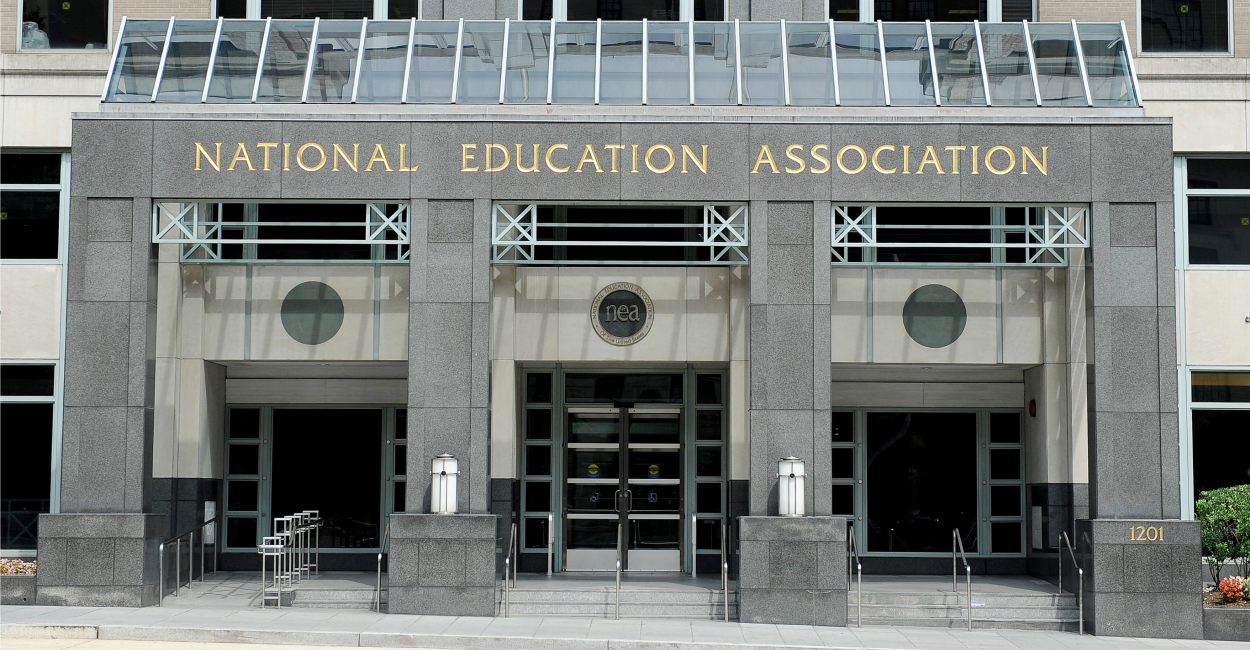Unions Love This New Version of No Child Left Behind. That Should Worry Conservatives.

The Senate has begun floor consideration of a reauthorization of the Elementary and Secondary Education Act (ESEA), currently known as No Child Left Behind (NCLB).
This congress has the opportunity to consider conservative policy reforms that would genuinely restore state and local control of education, yet the proposal as it currently stands has a long way to go before it could be considered to be on a path toward achieving that goal.
Notably, the version that made its way out of the Senate Health, Education, Labor, and Pensions (HELP) committee has received praise from the National Education Association, which said it “has a lot of things going for it,” and theAmerican Federation of Teachers, although both groups would like to see the proposal move further left.
The AFT applauded the bill for “maintaining the formula that concentrates funding for poor children, by not including portability or block grants, and by keeping maintenance-of-effort requirements.”
Translation: Union special interest groups like the proposal because it keeps spending high, doesn’t include school choice options and maintains super-sized federal intervention in education.
But there is room for improvement. As the legislative process proceeds over the next few days (the House will also consider its reauthorization proposal), members of Congress have the opportunity to advance provisions that would restore state and local control of education and empower parents. Those provisions include:
- The Academic Partnerships Lead Us to Success (APLUS) proposal would allow states to completely opt-out of all of the programs that fall under No Child Left Behind. States could then use their funds for any education purpose authorized under state law. APLUS—allowing states to completely exit No Child Left Behind—has long been a conservative priority. Over 100 members of the House, including 4 sitting members of the Education and the Workforce Committee, have co-sponsored APLUS over the past few years. A-PLUS would empower states to reclaim responsibility for how taxpayer dollars are spent, moving the decision-making process close to local school leaders and parents. It would also place the responsibility for educational improvement with states and schools, which have the strongest incentive to get policymaking right.
- Title I portability. Title I funding makes up the bulk of spending under the Elementary and Secondary Education Act. The roughly $14.5 billion is intended to improve educational outcomes for children from low-income families, but as researcher Susan Aud has found, “complicated, disregarded guidelines result in wide variation in the way that funds are distributed and often result in little or no relationship between a district’s demographics and the amount of money received.” To improve Title I for the disadvantaged children it was designed to help, states should be given the option to make Title I dollars portable, following a child to a public, charter or private school of choice.
- Reducing program count. Any reauthorization of the Elementary and Secondary Education Act should reduce program count. The law has morphed significantly from its original 31 pages authorizing spending for Unions Love This New Version of No Child Left Behind:
